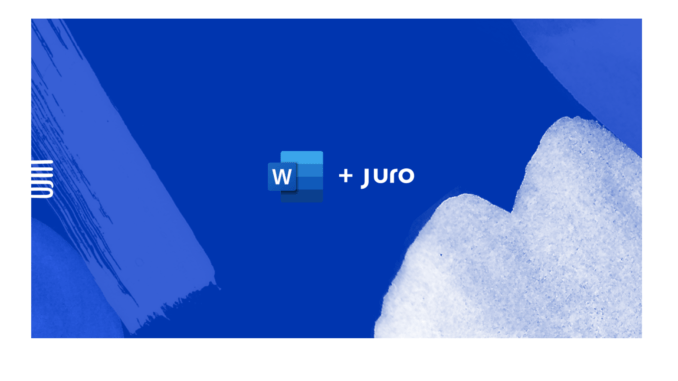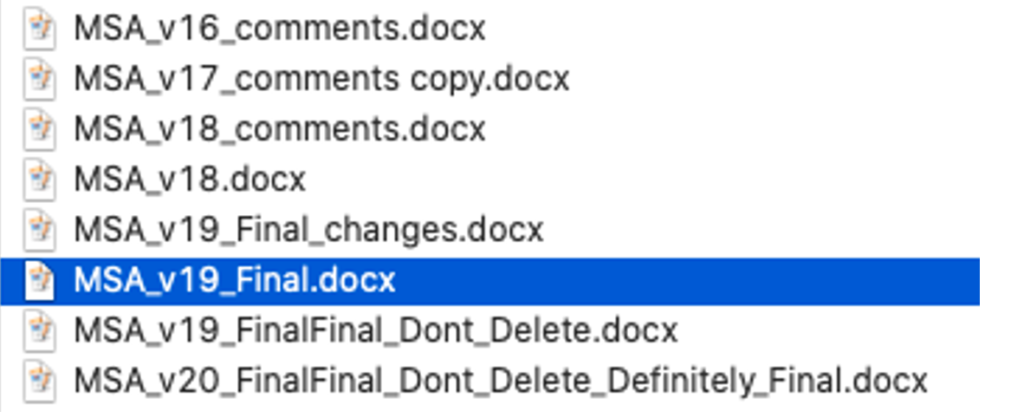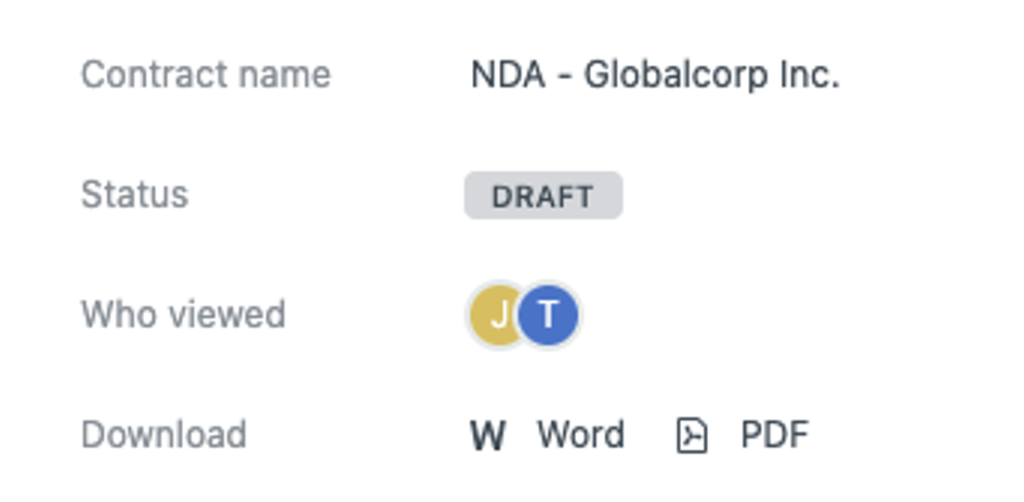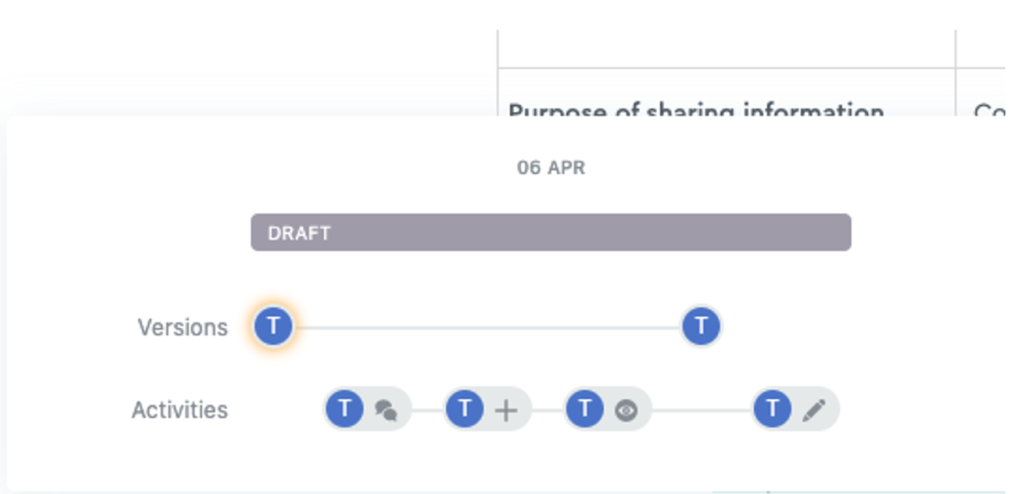
It’s hands-down the most successful legal tech product of all time. Its market penetration is somewhere around 100 per cent, and in the last five years, its value has grown 5x.
It is, of course, Microsoft Word – the default platform in which legal contracts are assembled and negotiated. So dominant is MS Word amongst the legal profession, that according to Epinion, a majority of lawyers still spend an average of three hours a day in Word documents.
But as we know, lawyers aren’t the only people who care about contracts. More and more documentation around the business is moving into browser-native formats – whether that’s wiki tools like Notion, design tools like Figma, CPQ in Salesforce or spreadsheets in Airtable.
In fast-moving businesses, colleagues increasingly expect browser-native documents. We’ve seen CEOs refuse to deal with redlines sent to them in Word – instead insisting on GoogleDocs “as that’s how we work as a business”. We’ve seen sales teams go rogue in browser-native formats to the fury of their legal colleagues, “because it’s faster.”
But for the most part, legal is still stuck in an offline file format invented in 1983. Why?
Redlines vs deadlines
The first answer is the obvious one – with 40 years, billions of dollars and millions of users behind it, Word is incredibly rich in features when it comes to writing and editing offline documents. It has the benefit of being the default option – companies and law firms won’t need to retrain hires to use it, because almost every lawyer in the world is familiar with editing in Word.
But for lawyers dealing with high volumes of contracts, Word comes with plenty of pain points. If it didn’t, contract automation software vendors wouldn’t exist at all.
Redlining Word documents by saving iterated versions to desktop, then shuffling them around via email, is a punishment every lawyer has endured at some point. Worse, Word documents contain data that’s generally unstructured, leading to manual work for contract managers, or expensive data extraction, just to find out what’s in your documents. That’s without even mentioning version control …

Quite sensibly, some providers have tried to solve this pain by simply building workflows that wrap around Word. Dozens of contract management providers are set up to do this, trying to find incrementally better ways of working with what are still mostly offline files, tacking on electronic signature at the end.
We find this to be a little defeatist. As a founder, it’s my job to try and build towards the future we’d like to see. When I look at the innovative legal departments around us, running triage through Slack and tracking KPIs in Looker, I can’t help but feel that in 20 years’ time, lawyers won’t still be spending three hours a day in a desktop technology from the 1980s.
This sentiment isn’t just the preserve of outliers and devoted tech enthusiasts anymore. When we look at the three most significant European scaleups moving through IPO this year – Deliveroo, Trustpilot and Cazoo – despite their size, each of them chooses to handle contracts, Word-free, in Juro. More than 200,000 contracts have been agreed this way.
We’ve been working to drive this behavioural change via our in-browser contract editor. What differentiates it in the market is that it’s custom-built on a structured data layer and not based on Word. Contract data is captured at the point of assembly, rather than gathered from the file after the fact.
To most business departments, this isn’t radical at all: salespeople expect to be able to search Salesforce in real time, in-browser, as do HR teams with Workday and employees looking for knowhow in Notion. But in legal, defaulting to a browser-native document, rather than an offline file, really is still radical.
Creating a hybrid model
Five years into our journey building Juro, we know that not everyone is ready for a radical shift. Just like consumers at large aren’t going to drop petrol cars and all drive electric vehicles overnight, some people – understandably – want to embrace change slowly. So as our customer base grew, so did the requirement to handle all kinds of documents, for those not ready fully to make the leap.
This created a product development dilemma for us: do we allow Juro to handle .docx contracts, or do we stick with our editor?
In the end, we decided that the best way to execute on our mission of making contracts more human, whilst accommodating as many users as possible, would be to add the ability to import and export .docx Word files to and from our editor.

It’s a hybrid model for those who need it – if you really want to work in Word, then you can; but you also have the option of going ‘full Juro’ (as one customer put it recently). You have flexibility as to file formats, but you have the same self-serve automation, collaborative workflows and flexible data layer for all your documents – regardless of the format you choose.
What’s more, metadata from Juro stays with your document when it goes out to Word, and is preserved when it comes back in again. You can use Juro’s timeline feature to switch back and forth between different versions with one click – without having to switch between online and offline files.

To stretch our automotive metaphor to breaking point, think of it as a hybrid car. For the most part it runs on Juro electricity – ideally, everything would – but if you need to use Word gasoline for a particularly challenging document, you can. At some point, everyone in legal will be ready for the Tesla, but we’re realistic that the shift will take a long time.
Towards a structured future for contracts
Encouragingly, alongside the vanguard of European scaleups moving contracts in-browser, there are a whole host of projects indicating that this direction of travel is getting stronger and stronger. Peter Hunn has launched Legal Schema to build a consensus around a structured document format. It’s one of many projects supported by the sharp minds behind the LawTech Sandbox.
Ultimately, the people who will really drive this change will be lawyers themselves. Despite legal’s sometimes dour reputation as the department who says ‘no’, the truth is that there are plenty of visionaries joining our platform ready to do things differently. By doing so, they deliver better enablement for the business and free themselves up to focus on high-value work.
A prospective customer of ours once fed back after a discovery call that to be adopted by lawyers, Juro needed ‘at a minimum’ to have all the features of Microsoft Word – a specialist word processor with 40 years of development, operated by a $1.9 trillion dollar company. That deal didn’t go ahead, but an ever-increasing number of deals have – and their success with browser-native contracts gives me 200,000 reasons for optimism.
To check out Juro’s Word import and export workflow, head over to juro.com and request a demo.

[ Artificial Lawyer is proud to bring you this sponsored thought leadership article by Juro. ]